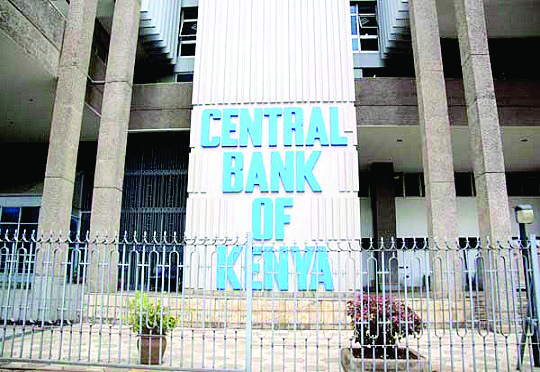More pain for borrowers as CBK hikes base lending rate
By Noel.Wandera, February 7, 2024Borrowers should brace for another surge in interest rates after the Central Bank of Kenya (CBK) raised the base lending rate by 50 basis points to 13 per cent, piling pressure on businesses and consumers as CBK seeks to further anchor inflation.
This surge started in June last year when it hit 10.50 per cent from 9.50 per cent due to a rise in non-performing loans in the banking sector before it increased to the 12.5 per cent mark by December.
Kamau Thugge’s Monetary Policy Committee (MPC) which down-played the Kenya Banker’s Association plea to stay the rate at 12.50 per cent said it made the decision in the wake of persistent inflation across key sectors including fuel, food, and non-food non-fuel (NFNF) and the ongoing exchange rate pressures.
That the MPC’s strategic move aims to anchor inflationary expectations, set a firm downward trajectory for inflation towards the 5 per cent mid-point target, and address residual exchange rate pressures.
“The proposed action will ensure that inflationary expectations remain anchored, while setting inflation on a firm downward path towards the 5 per cent mid-point of the target range, as well as addressing residual pressures on the exchange rate. The MPC therefore decided to raise the Central Bank Rate from 12.50 per cent to 13 per cent,” Thugge said.
The decision means that businesses and consumers have to re-align to the new rate.Earlier, KBA had observed that a decrease in inflationary pressure suggested a more stable economy, which could be supported by maintaining the current interest rate.
Despite positive economic performance for the third quarter of 2023, the lobby is anticipating a slowdown in economic performance due to a combination of domestic and global economic challenges, factors that further underscored the need for stability in the base lending rate. “Easing inflationary pressure call for a hold on the CBR to allow its recent adjustments to be fully transmitted through the market and protect the fragile economic activity,” KBA had recommended in a statement to the media.
The lenders lobby was also concerned with the sector’s declining asset quality, that despite a robust credit growth, saw the industry’s Non-Performing Loan (NPL) ratio to gross loans had risen to 15.3 per cent in October 2023, up from 14.7 per cent in July 2023, noting that maintaining the current lending rate would help prevent further defaults and thereby strengthen the banking sector.
The rate increase carries significant implications for both businesses and consumers. This move is set to raise the cost of borrowing, leading to potentially higher interest rates on loans and credit facilities. As a result, businesses may find it more costly to finance their operations, and consumers could face steeper prices when taking out loans.
Furthermore, the higher interest rates could shift the balance between savings and spending. Savings and investment options might become more attractive, possibly leading to a decrease in consumer spending. This shift could impact businesses’ revenues. However, the rate hike is also a strategic tool used by the CBK to control inflation.
By making borrowing more expensive, the CBK aims to slow down economic activity and prevent the economy from overheating, thereby keeping inflation in check.
As of January, inflation had surge to 6.9 per cent, driven by key factors such as food, fuel, and non-food non-fuel items.
Another key aspect is the potential impact on exchange rate stability.
The increase in interest rates could attract foreign investors looking for higher returns, which could help stabilise the Kenyan shilling, which was trading at Sh160 to the dollar.
The MPC also noted that despite the robust gross domestic product growth of 5.9 per cent in the third quarter of 2023, concerns still persist over weakened consumer demand, a weakening shilling, and high interest rates.
